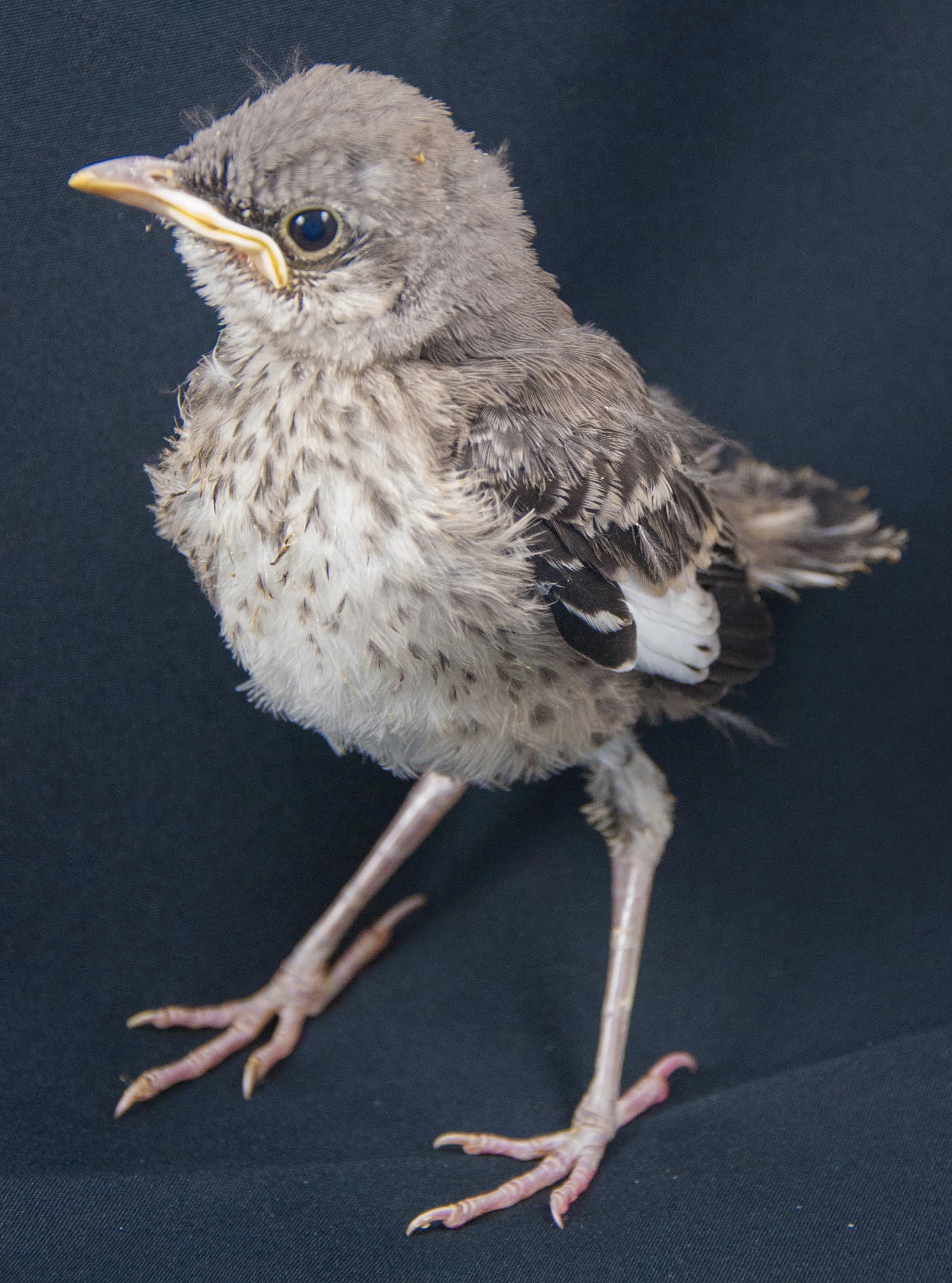
Baby Mockingbird Care: A Comprehensive Guide
Introduction
Mockingbirds, renowned for their melodious songs and protective instincts, are beloved avian species. However, when encountering baby mockingbirds outside their nest, it’s crucial to approach with caution and provide appropriate care. This comprehensive guide will delve into the intricacies of baby mockingbird care, ensuring their well-being and maximizing their chances of survival.
Identifying Baby Mockingbirds
Baby mockingbirds, also known as nestlings, are typically born with closed eyes and a sparse covering of downy feathers. Their skin is often pinkish or grayish, and they are unable to regulate their body temperature. As they mature, their eyes open, and their feathers develop, transitioning from a mottled brown to a more uniform gray.
When to Intervene
Intervention is necessary when baby mockingbirds are found outside their nest or appear injured or distressed. If the nest is intact and the parents are nearby, it’s best to leave the nestlings alone. However, if the nest is damaged or the parents are absent, immediate action is required.
Creating a Temporary Nest
If the original nest is unavailable, create a temporary one using a small basket or cardboard box lined with soft materials such as cotton balls, shredded paper, or tissue. Place the nest in a warm, sheltered location away from direct sunlight and predators.
Feeding Baby Mockingbirds
Baby mockingbirds require a specialized diet of insects and small invertebrates. If possible, collect live insects such as mealworms, crickets, or waxworms. Alternatively, you can purchase commercial insectivore food from pet stores.
To feed a baby mockingbird, gently open its beak and place the insect inside. Avoid overfeeding, as this can lead to digestive issues. Feed the nestling every 15-20 minutes during daylight hours.
Hydrating Baby Mockingbirds
Baby mockingbirds require regular hydration. Offer water using a dropper or syringe, gently placing a few drops into their beak. Avoid using tap water, as it can contain harmful chemicals. Instead, use distilled or bottled water.
Keeping Baby Mockingbirds Warm
Baby mockingbirds are unable to regulate their body temperature, so it’s essential to keep them warm. Place a heating pad or hot water bottle wrapped in a towel under half of the nest. Monitor the temperature closely to prevent overheating.
Cleaning Baby Mockingbirds
Baby mockingbirds produce waste, which can attract predators and cause discomfort. Gently clean the nestlings using a damp cotton ball or soft cloth. Avoid using soap or harsh chemicals.
Releasing Baby Mockingbirds
Once baby mockingbirds are fully feathered and can feed themselves, they are ready to be released back into the wild. Choose a safe location with ample food and shelter. Place the nestlings in a tree or bush and observe them from a distance.
Common Health Issues
Baby mockingbirds are susceptible to various health issues, including:
- Parasites: Internal and external parasites can cause weight loss, anemia, and other health problems.
- Bacterial infections: Bacterial infections can affect the respiratory system, digestive system, or skin.
- Viral infections: Viral infections can cause a variety of symptoms, including lethargy, respiratory distress, and diarrhea.
If you suspect a baby mockingbird is sick or injured, seek veterinary attention immediately.
Preventing Nest Abandonment
Mockingbirds are protective parents, but they may abandon their nest if they feel threatened or disturbed. To prevent nest abandonment:
- Avoid handling baby mockingbirds: Only handle them when absolutely necessary.
- Keep pets away from the nest: Dogs and cats can scare or harm mockingbirds.
- Minimize noise and activity around the nest: Loud noises or excessive activity can disturb the parents.
- Respect the mockingbirds’ space: Give the parents plenty of room to care for their young.
Conclusion
Caring for baby mockingbirds requires patience, dedication, and a deep understanding of their unique needs. By following the guidelines outlined in this guide, you can provide these vulnerable creatures with the best possible chance of survival and help them thrive in the wild. Remember, it’s always advisable to seek professional assistance if you encounter any difficulties or concerns regarding baby mockingbird care.
